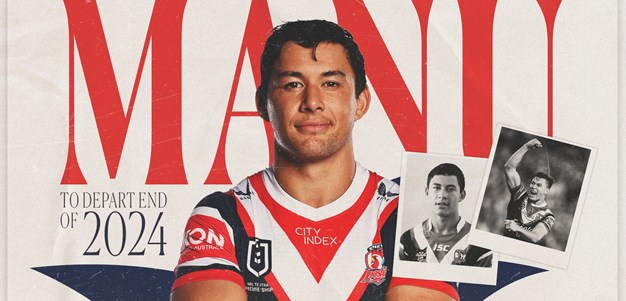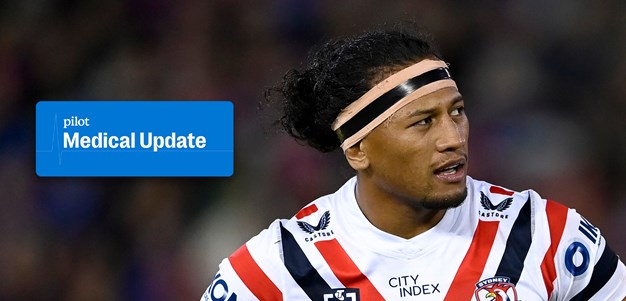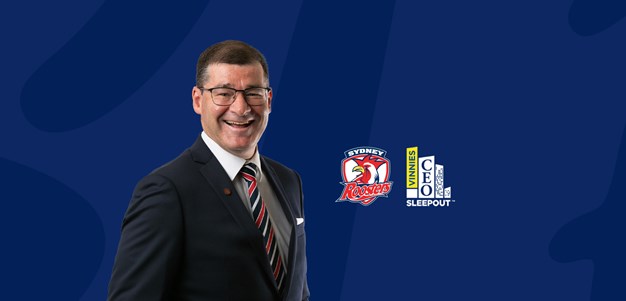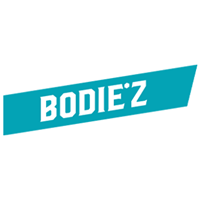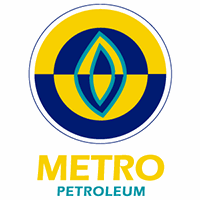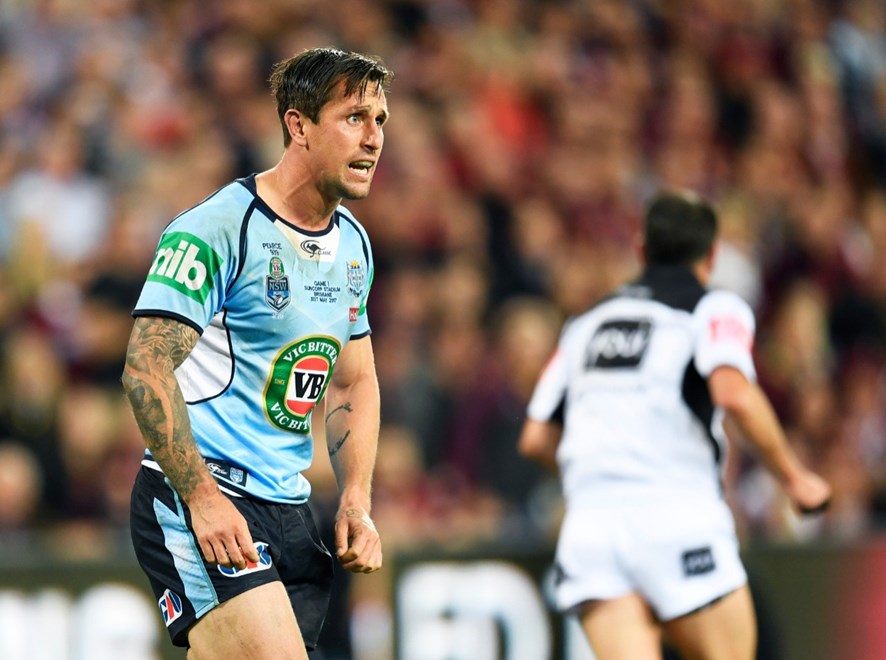

Imagine repeatedly running the 120-metre length of a rugby league field from dead ball line to dead ball line for 80 minutes, while making tackles and being tackled, or passing or kicking the ball and continually shouting directions to team-mates.
That is what NSW halfback Mitchell Pearce did in State of Origin I and tracking devices worn by the Blues and Maroons showed he again played with the highest intensity of any player in Origin II, while also running the furthest (8200m) and fastest (33.7km per hour).
Pearce, who will head into Wednesday night's decider at Suncorp Stadium with the chance to win his first Origin series in a Blues jersey, can lay claim to being arguably the fittest player on the field after averaging an intensity of 120.4 metres per minute in Origin I and 112 metres per minute in Origin II.
The Catapult data, which has been made public for the first time through the Telstra Tracker, impressed even those who work closely with Pearce at Sydney Roosters and to highlight the athleticism and endurance of the game's stars Coogee Dolphins and Moore Park Broncos players wore the devices last weekend.
"It is good to compare with the Origin boys but they are at a different level than we are," Moore Park fullback Arana Taumata said. "At this level, it is a little bit hard … we only train two days during the week leading up to a game but it is good to get a gauge of where we are at individually."
Taumata, who has played for seven NRL clubs and twice represented New Zealand Maori, ran 4872.28 metres and played with an intensity of 77.61metres per minute, while sprinting the fourth fastest velocity (29.52kph) recorded in the match, won 34-10 by Moore Park.
In comparison, Blues fullback James Tedesco covered 5897.2m in Origin II, recorded an intensity of 103.4mpm and had a top speed of 32.5kph.
Coogee Dolphins five-eighth Joe Cramp ran the furthest of his team (6,570.48m), recorded the highest intensity (102.32mpm) and equalled centre Matthew Marks for the fastest sprint (30.24kph) – figures comparable to a regular NRL match.
"Anywhere from 90kpm to 105mpm is good," Roosters speed and conditioning coach Hayden Knowles said. "That is why I was so in awe of Mitchell Pearce in Origin. When I saw those numbers I knew that this was another level of rugby league [to the NRL].
"To do what Junior [Pearce] was doing, I just respect so much the physical requirements to be the best halfback in the game. The best halfbacks are always the fittest, they will always top your yo-yo [endurance] tests at training, but they are also the most competitive."
Cramp indicated that he shared that trait with his admission that wearing the tracking device had motivated him to work harder.
"I was pushing up the blindside going backwards and forwards because I knew I had the GPS on," he said. "I was blowing a bit but I was alright. I think I probably could have done a bit more."
Former Manly and St George Illawarra prop George Rose, who played for Moore Park, joked that Taumata – the only Broncos player to wear a tracker - had also been out to impress.
"The guy who is wearing it our team is actually having the best game he has had all season," Rose said. "He is running more than he has ever run before and he refuses to pass the ball because the tracker doesn't monitor how many passes you throw. He is just show and go all day."
The NRL helped pioneer GPS tracking more than a decade ago when Rose was playing for the Sea Eagles under Des Hasler and he said the data provided a thorough assessment of the performance of players.
"There is nowhere to hide when you have that GPS tracker strapped to your back so it is a good tell all of who did the most work - and not who claimed to do the most work," Rose said.
It may also help explain why Pearce is so well regarded by coaches and team-mates, if not some NSW fans who associate his 17 Origin appearances since 2008 with Queensland 's era of domination.
In the series so far, Pearce averages the highest intensity (116.2mpm) ahead of NSW hooker Nathan Peats (107.7mpm), Maroons interchange prop Tim Glasby (106.9mpm), Queensland halfback Cooper Cronk (103.4mpm) and Blues forward Jake Trbojevic (103.3mpm).
He also recorded the second fastest sprint (33.7kph) of the series – behind Queensland winger Corey Oates, who ran 34.3kph in Origin I - when he backed up a Tedesco break to score just before halftime in Origin II. Cronk's pursuit of Pearce equalled Tedesco (33.3kph in Origin I) as third fastest sprint of the series.
In addition, Pearce has received the ball 126 times, passed 93 times, ran with the ball 16 times and kicked 26 times, as well as making 42 tackles in the 130 minutes he has played after being concussed in the 50th minute of Origin I.
"Junior [Pearce] was running 800m at the Australian Championships as a 12-year-old so he had that base and obviously he has got the genetics because the perception was that Wayne Pearce [his father] was the fittest man in rugby league back when he played." Knowles said.
"But it is not just running up and down the field all night. Your awareness has to be better than anyone else, your timing has to be better, your passing and your kicks have to be precise, your talk has to be effective like a conductor - you have to communicate with 12 other players better than anyone else has to communicate with them.
"Try to talk when you have just sprinted on a treadmill. You can't talk. As soon as fatigue kicks in you don't want to talk. It is actually a skill that they practice at training. They have to practice talking when they are tired.
"Imagine what it would be like to be out there in front of a packed Suncorp Stadium with all the noise and you are so tired because you have never worked so hard. Then also add having the weight of the state on your shoulders. That is why I respected that halfback display from Mitchell Pearce so much."
This article first appeared on NRL.COM
